
3D interactive medical training solutions: ultimate guide
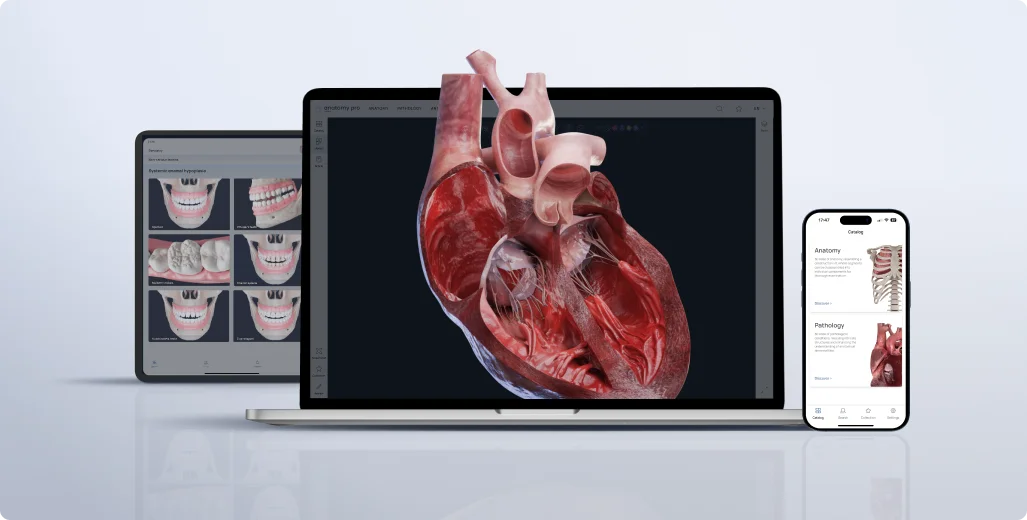
Table of contents
Gone are the days of studying just textbooks and lectures. Today, medical training and 3D visualization go hand in hand to make learning immersive and exciting. In this guide, we’ve gathered everything you need to know about innovative 3D training tools for healthcare.
What are 3D interactive medical training solutions?
Simply put, 3D medical training solutions are tools that use 3D technology to make medical learning more efficient. They simulate diverse medical scenarios in a safe environment with technologies like 3D modeling, virtual reality (VR), augmented reality (AR), 3D printing, and magnetic resonance imaging. Such solutions help to bridge the gap between classroom learning and practical experience.
Types of 3D medical training solutions
Interactive 3D anatomy platforms
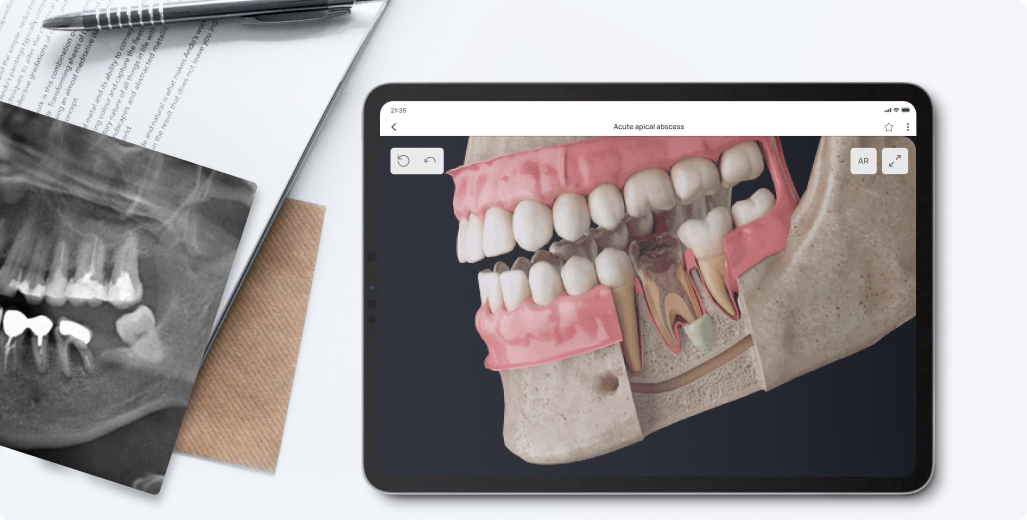
Interactive 3D anatomy solutions, like VOKA 3D Anatomy & Pathology, have revolutionized teaching human anatomy. Traditional teaching methods, which rely on text-based resources and cadaver dissections, often fail to visualize complex anatomical details. Users can explore highly detailed 3D models, rotating, zooming, and manipulating organs, bones, muscles, and entire systems from any angle, gaining a comprehensive understanding previously impossible with static diagrams.
Beyond standard anatomy, some platforms, like VOKA, go a step further by offering detailed models of pathological conditions. These allow learners to explore how diseases and disorders impact the body’s structures and functions. It’s like having a full anatomy lab at your fingertips without the need for cadavers.
Surgical training simulators
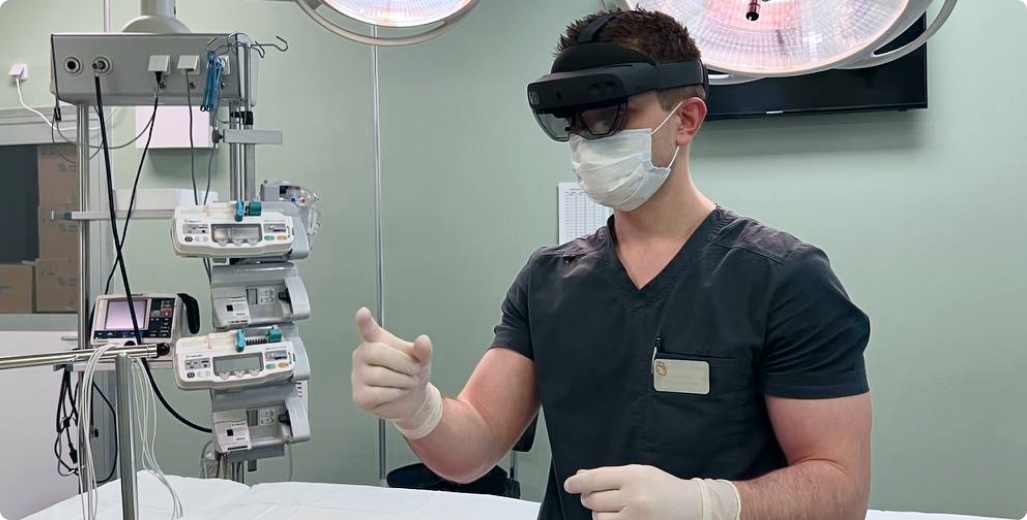
Combining virtual reality and haptic simulators creates an incredibly lifelike clinical training setting. These VR-based solutions recreate detailed operating room environments and allow learners to practice everything from basic sutures to dissecting virtual cadavers. Such simulations provide a highly realistic visual experience, showing anatomy and body responses during the procedure.
Haptic feedback takes it a step further by mimicking the sense of touch – learners can feel the resistance of tissues, the tension of sutures, or the precision needed to handle delicate tools. This mix of visual and tactile elements helps learners develop both technical skills and muscle memory.
Medical device training tools
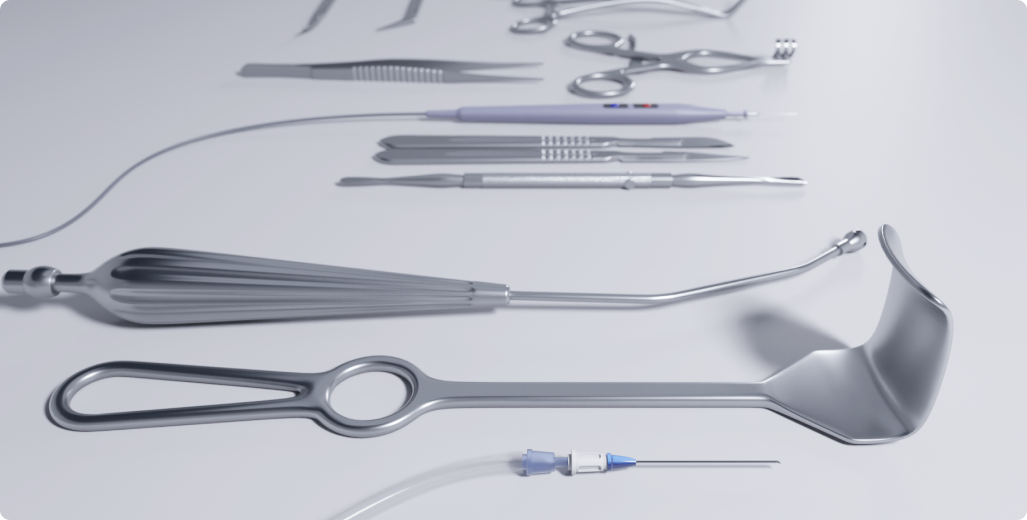
Medical device training tools are designed to help healthcare professionals learn how to use complex medical equipment. With VR simulations, these tools immerse users in a virtual environment where they can interact with devices like surgical robots, diagnostic machines, and monitoring systems.
By doing so, learners practice operating the equipment step by step, understanding its functionality, and breaking down complex concepts without the pressure of a real clinical setting. Many platforms also include guided tutorials and feedback to ensure users get it right.
3D pharmacology solutions
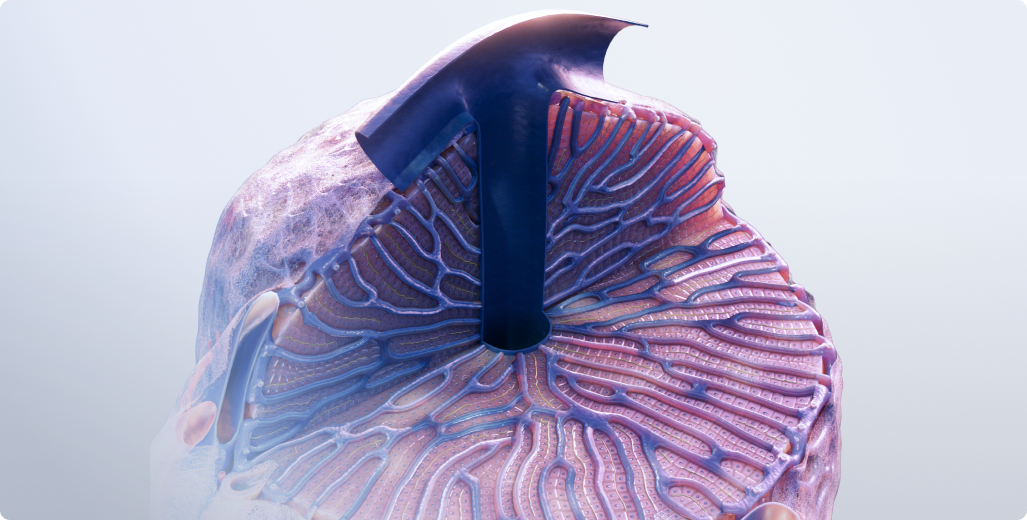
The use of interactive 3D visuals makes medical science more comprehensible. Medical training often incorporates 3D animations and videos that demonstrate mechanisms of action (MoA) for drugs. MoA animations break down concepts like absorption, distribution, metabolism, and excretion in a dynamic way.
Instead of memorizing charts or diagrams, users can visualize how a drug binds to receptors, triggers cellular responses, or affects different organs. Such solutions are widely used for teaching pharmacology and training healthcare providers in drug mechanisms and their effects.
Patient communication and diagnosis training
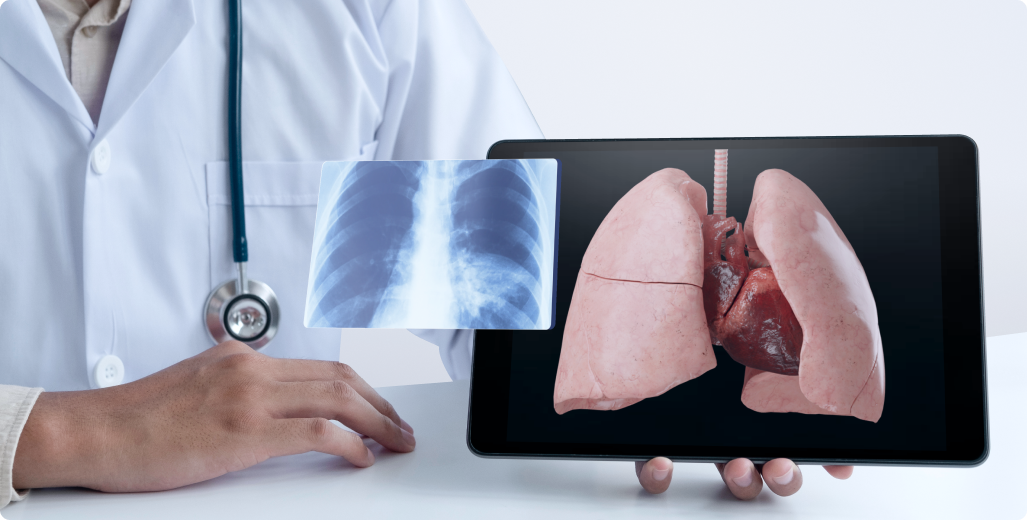
Patient communication is a cornerstone issue in healthcare. However, communication and diagnosis training tools help medical students learn and professionals sharpen their soft skills in an interactive way. Using 3D virtual patients, these tools simulate scenarios where they share symptoms, emotions, and responses.
Learners can practice asking the right questions, building trust, and making accurate diagnoses based on the virtual patient’s feedback. Such simulations cover a wide range of cases, from routine checkups to complex conditions, making the experience feel as close to real life as possible.
3D interactive medical training solutions: key features
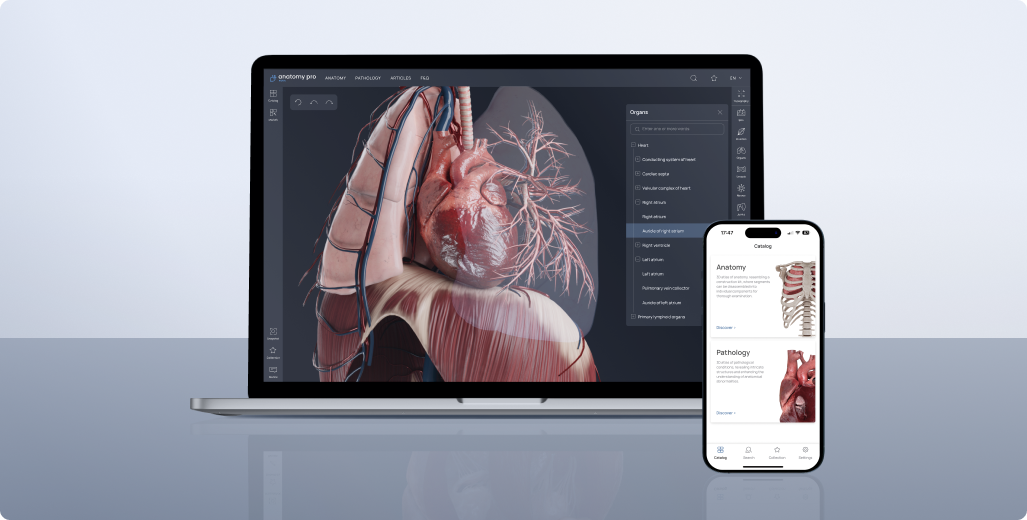
What makes 3D medical training solutions so effective? Their functionality. Here’s a quick look at the advanced features these tools may include:
Interactive 3D content
Interactive content, including virtual and augmented reality experiences, is at the heart of 3D medical training solutions. Instead of passively reading or watching, learners can interact with realistic models of organs, systems, or medical devices. High-fidelity 3D models allow one to rotate, zoom, and explore every detail in a way that textbooks never could. With interactive 3D content, training becomes less about memorization and more about exploration.
Scenario-based training
Diverse scenarios put learners right in the middle of realistic medical situations, helping them practice decision-making and problem-solving. This feature mimics use cases, like handling an emergency, diagnosing a rare condition, or performing a complex surgery. Learners can actively engage with the situation, make choices, and see the outcomes of their actions. Plus, the scenarios can be customized to match the learner’s level, from beginners to experienced professionals.
Personalized feedback
After completing a task or simulation, learners need detailed insights about their performance. Personalized feedback is a standout feature that takes learning to the next level. It highlights what went well, what needs improvement, and how to fix mistakes. It’s like having a personal coach guiding you every step of the way. Whether refining surgical techniques, improving communication skills, or making better clinical decisions, this feedback helps pinpoint areas that need extra attention. Moreover, many tools provide visual dashboards or charts, making it easy to understand your growth at a glance.
Multi-device compatibility
The ability to access 3D medical training solutions on various devices is super convenient. Learners can use the same software on desktops, laptops, or VR systems without worrying about compatibility issues. This compatibility ensures that users aren’t tied to a specific location or device – interactive training can happen anywhere. It’s perfect for busy medical students and professionals who need to fit learning into their hectic schedules.
Gamified learning elements
Many 3D interactive medical training solutions include gamified elements that make medical training more engaging and fun. These features use points, levels, and rewards to motivate and keep learners focused. Users can actively participate and compete with themselves or others to improve their skills. For example, they might earn badges for completing a surgical simulation flawlessly or gain points for diagnosing a condition quickly and accurately. This approach reinforces key concepts through repetition and challenge.
Real-time collaboration
3D medical training solutions let multiple users work together, no matter where they are. These collaborative features allow multiple users to join the same virtual environment, interact with models, and discuss scenarios. It’s especially useful for group exercises, problem-solving, and peer learning. This makes training not only interactive but also more engaging and social.
Reasons to switch from traditional to 3D medical training
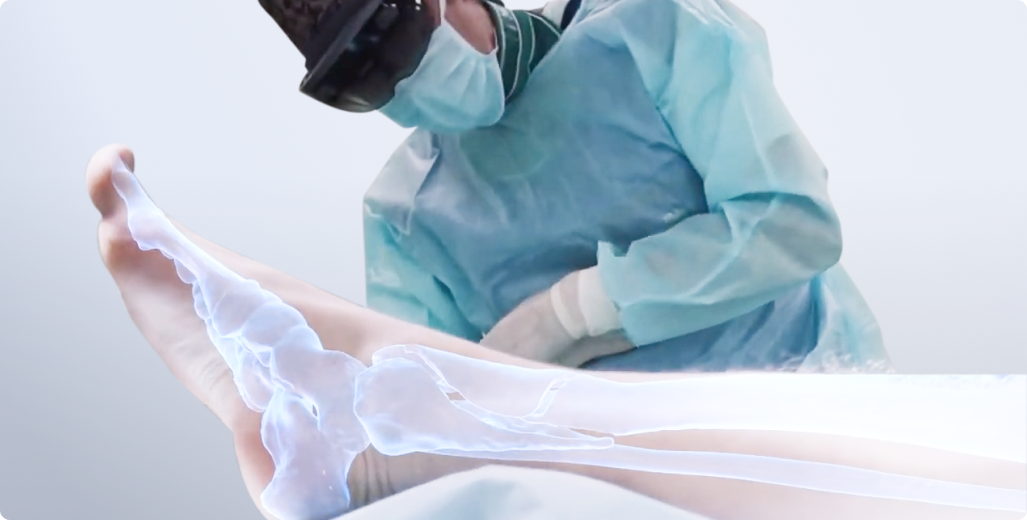
Medical training isn’t easy, and traditional methods have their limits. Here’s where 3D medical training solutions step in to ease the lives of students, doctors, and medical schools.
For students: Obtaining comprehensive practical exposure
Learning medicine is way more than just learning bones and nerves – undergraduate medical anatomy education requires practical experience. However, due to conventional teaching methods, many students lack practical skills training. They can observe surgeries or assist in basic tasks but rarely fully engage in critical processes. It’s no wonder many students feel unprepared for the high-pressure realities of clinical work.
Moreover, medical practice is full of unpredictable and unique situations, but not every student gets the chance to face them during training. Rare or complex cases might never show up in a student’s rotation. So, they may struggle when those moments arise later in their careers.
Luckily, 3D medical training solutions offer immersive simulations and let students prepare for a wide range of scenarios in a risk-free environment.
For doctors: Enhancing skills in complex medical procedures
Since technology develops at breakneck speed, keeping up has become a real challenge for practicing doctors. Traditional training methods often struggle to keep pace, slowing down skill development. Complex surgeries or cutting-edge procedures can’t always be taught even during clinical rotations.
3D medical training solutions allow healthcare professionals to boost their skills and master even the most intricate procedures. It’s a modern way to tackle the growing complexity of healthcare, ultimately improving patient outcomes.
For medical schools: Cutting costs on training environments
Organization of the educational process isn’t cheap. Traditional methods, including cadavers, labs, and specialized equipment, come with a hefty price tag. Many schools simply can’t afford enough resources for every student. This means some learners miss crucial training or don’t get enough time with the tools they’ll need in their careers.
3D medical training solutions help tackle this issue. They offer cost-effective alternatives, like virtual cadavers and digital labs, accessible to more students. Instead of relying on expensive physical setups, schools can now provide consistent, high-quality training without breaking the bank. It’s a game-changer for making medical education more affordable and accessible.
Benefits of 3D interactive medical training
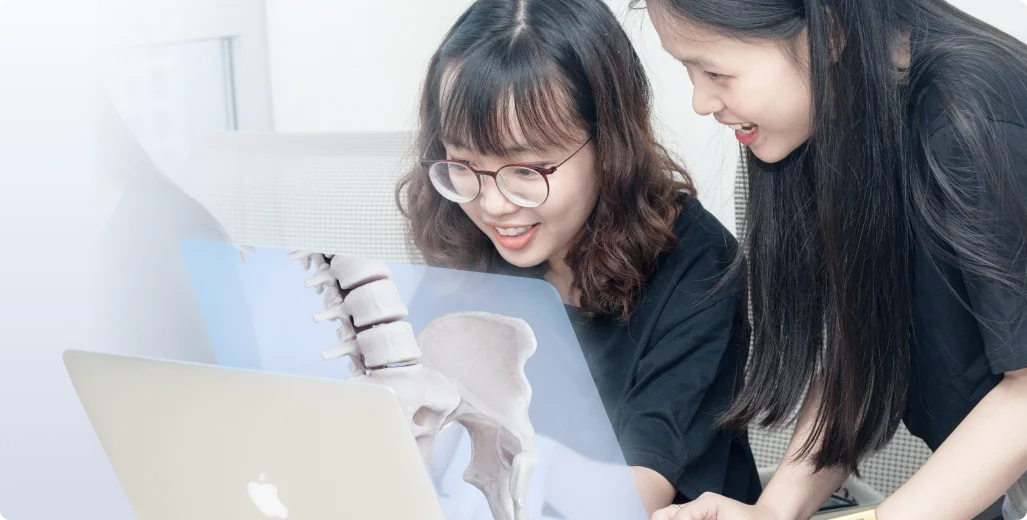
1
Improved retention
The 3D interactive medical training solutions make learning stick. By actively engaging with simulations and models, learners see and practice concepts far more effectively than just reading or watching. For example, manipulating a 3D anatomy model helps students better understand how organs and systems work together. This hands-on approach boosts memory and ensures knowledge stays with them longer. When learning feels real, it’s easier to remember and apply in real-life situations.
2
Safe environment for practice
Mistakes are part of learning, and 3D training provides a safe space to make them. Virtual simulations allow users to experiment, retry, and learn from errors in a controlled environment. This builds confidence and hones skills as students have a practice field where they can train as much as they need.
3
Accessibility and flexibility
One of the best things about 3D training solutions is that they’re available in any place, anytime. Whether you’re at home, in a classroom, or on the go, you can access learning materials on different devices. There’s no need to wait for a specific lab or class – learning happens when and where it’s convenient for you.
4
Cost-effective training
Medical training is expensive, from cadavers to specialized equipment and labs. 3D solutions help cut costs by providing virtual alternatives that are just as effective. Instead of relying on physical cadavers or expensive setups, learners can use digital models and simulations. Schools and institutions save money on resources, and students still get high-quality training.
5
Personalized experiences
Everyone learns at their own pace, and 3D training solutions make that possible. These tools adapt to individual progress, offering feedback and challenges tailored to each learner. When you need extra help or want to move on to advanced topics, the training adjusts to your needs. This personalized approach ensures you get the most out of your training.
Challenges of 3D interactive medical training
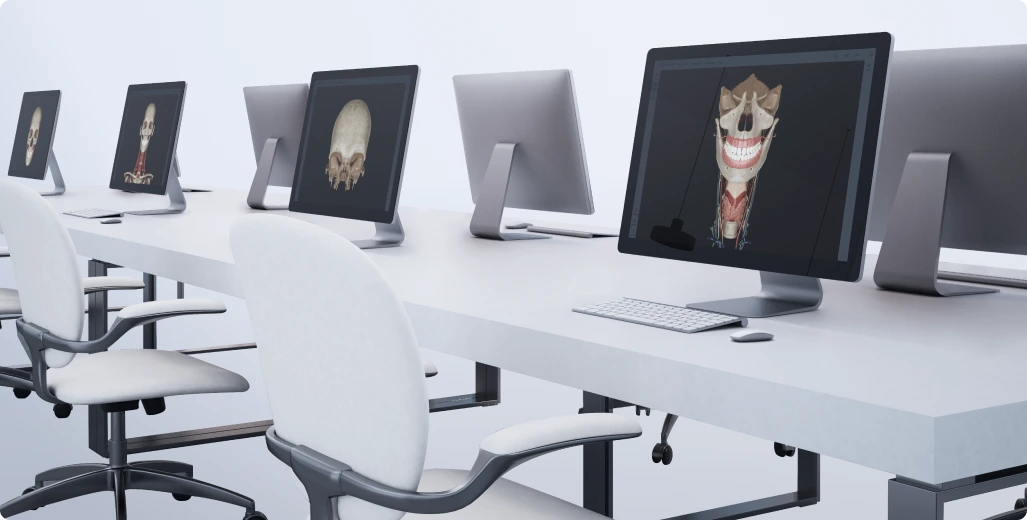
1
Hardware limitations
Implementing 3D medical training solutions often comes with specific hardware requirements. VR headsets, high-performance computers, or devices like haptic gloves are essential for creating an immersive and realistic experience. However, not all institutions or users may have access to the necessary hardware. Compatibility issues can also arise if the existing devices don’t meet the software’s technical requirements.
2
Technical barriers for some users
Not everyone is tech-savvy, and 3D training tools can feel overwhelming for those unfamiliar with advanced technology. Using VR headsets, navigating virtual environments, or understanding the controls can challenge beginners. This is especially true for older professionals who may not be as comfortable with digital tools. Moreover, technical glitches or equipment issues can disrupt the learning process and frustrate users. Extra support and training are often needed to make the experience accessible, adding a layer of complexity.
3
Need for regular updates
Medicine evolves quickly, and training tools need to keep up. Procedures, techniques, and even anatomy models can change as new research emerges. 3D training solutions must be regularly updated to reflect the latest medical knowledge and best practices. These updates are necessary for learners to avoid practicing outdated methods.
Conversely, frequent updates can be time-consuming and expensive for developers, making them another challenge for institutions to manage. Staying current is essential, but it requires ongoing effort and resources.
Wrapping up
3D interactive medical training solutions bridge the gap between theory and practice. From improving retention and providing a safe space for practice to making medical training more personalized, these tools are shaping the future of medical education.
As technology evolves, 3D solutions will only become more advanced and help to educate a new generation of confident, skilled professionals. It’s an exciting time for education in healthcare, and these tools are leading the way.
Table of contents






Thank you for your comment!
Your comment has been submitted for moderation and will be published soon. We'll email you once it’s live.